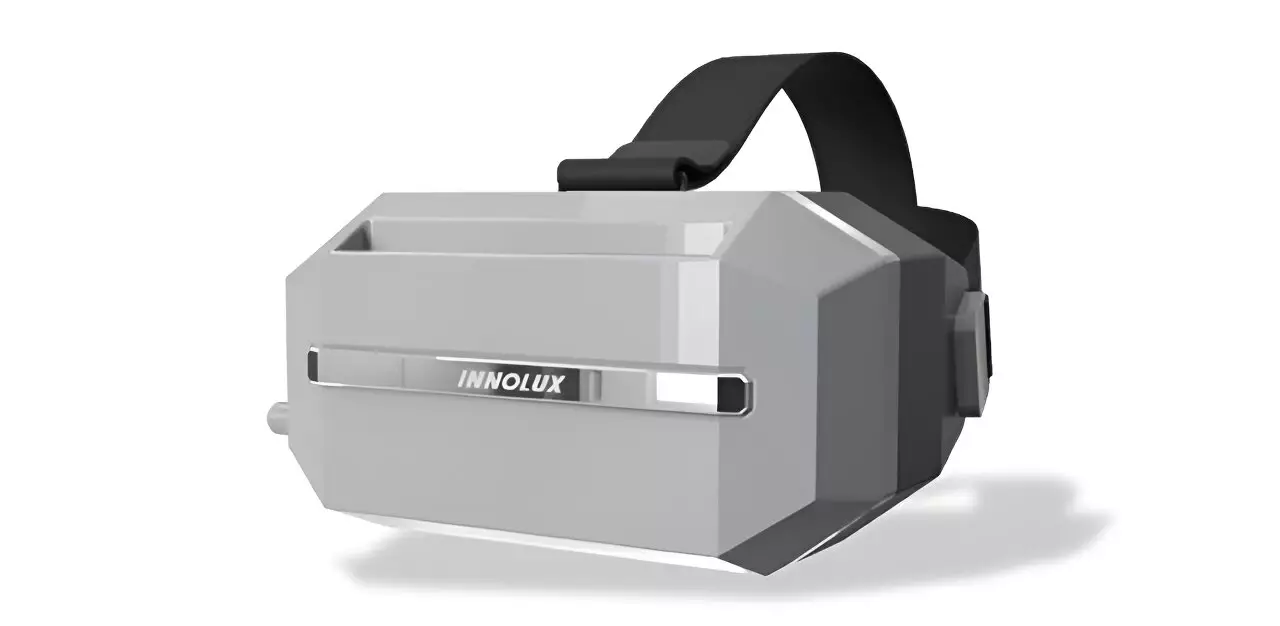Near-eye displays have revolutionized portable devices, offering individuals the opportunity to immerse themselves in virtual reality. The development of these displays focuses on two primary objectives: creating immersive experiences and ensuring visual comfort. While a larger field of view (FOV) enhances immersion, addressing the Vergence-Accommodation-Conflict (VAC) is crucial for comfortable vision. Researchers have dedicated their efforts to exploring innovative approaches to tackle these challenges head-on.
A significant breakthrough in near-eye displays came with the integration of light field technology. However, earlier iterations of light field displays in virtual reality were limited by their small size and low resolution, which resulted in constrained viewing angles and screen window effects. Fortunately, the authors of a recent paper published in the Journal of Optical Microsystems have successfully overcome these limitations by utilizing a 3.1-inch 3k3k LC display.
Transitioning to high-resolution VR LCD displays presented material and process challenges that demanded careful attention. The research emphasizes the importance of employing high-resolution liquid crystal displays (LCDs) to address light field resolution issues. The authors dive deep into the strategies to enhance LCD resolution, focusing on aperture and contrast ratios through specialized pixel designs and driving techniques.
The paper does not limit its exploration to the advancements in VR displays alone. It takes a step further and introduces novel applications of light field technology beyond the realm of virtual reality. Specifically, it highlights its potential in vision correction for VR systems. By utilizing light field technology, both vision correction and the expansion of the eyebox are achieved, resulting in an elevated overall virtual reality experience and enhanced user comfort.
The paper delves into the optics of light field virtual reality, elucidating the creation of elemental image (EI) arrays through a lens array and spatially multiplexed light field optics. This innovative approach generates volumetric virtual images that accurately simulate proper eye accommodation, eliminating the need to address VAC. The authors further focus on a recently developed INNOLUX LCD with impressive resolution and pixel density. By introducing a 15-degree tilt between panels, the binocular FOV is expanded, ensuring exceptional angular resolution.
Visual correction plays a vital role in enhancing the overall virtual reality experience. The paper introduces a ray tracing-based graphical process called “corrected eye box mapping,” which facilitates the correction of myopia, hyperopia, and astigmatism. This advanced procedure takes into account parameters such as spherical power (SPH), cylinder power (CYL), and cylinder axis (AXIS) to provide comprehensive visual correction.
The paper offers a comprehensive exploration of the development of high-resolution light field displays. It encompasses advancements in display design, pixel architecture, and vision correction through the integration of light field technology. This research significantly contributes to the progression of light field displays, paving the way for enriched visual experiences within high-resolution VR systems. The future of near-eye displays looks promising as researchers continue to push the boundaries of technology to create more immersive and visually comfortable virtual reality experiences.



Leave a Reply